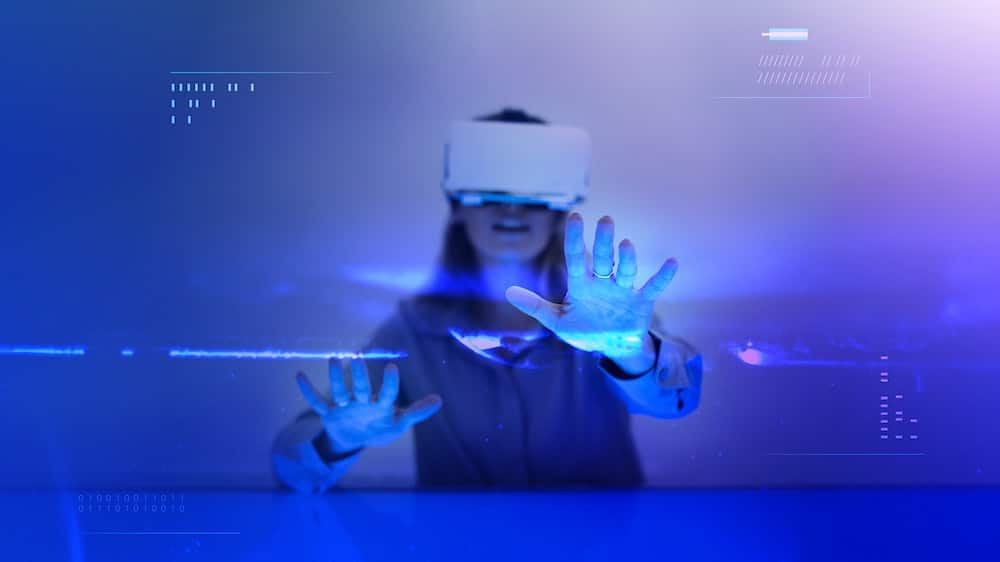How Does The Use of Digital Twins in Healthcare Simulate Disease Progression and Treatment Outcomes?

In the grand scheme of healthcare advancements, digital twins are emerging as supremely influential tools. They serve as virtual replicas of a physical object or an individual system, enabling healthcare professionals to monitor, simulate, and optimize the functions of the entity they twin. This revolutionary innovation has the potential to transform patient care and overall medical outcomes.
The Concept and Evolution of Digital Twins
The concept and utility of digital twins are not exclusive to the healthcare sector. Originating from the realm of industrial manufacturing and machine maintenance, digital twins found their first applications in the aerospace industry. NASA, for instance, created digital twins of spacecraft to simulate their behavior under different conditions.
This might interest you : Stylish and eco-friendly scrub caps for healthcare workers
In healthcare, digital twins act as precise, dynamic, and virtual representations of individual patients. They encompass the patient’s genetic information, disease history, and lifestyle data. This contextual patient-specific data is compiled from various sources, including electronic health records (EHRs), wearable technology, and genomic sequencing technology. Such detailed, personalized health profiles enable doctors to simulate disease progression and predict treatment outcomes.
Digital Twins in Predictive Analysis
Digital twins have a significant role to play in predictive analysis in healthcare. By creating an exact virtual replica of a patient’s health profile, physicians can conduct simulations to predict how the disease will progress and how the individual is likely to respond to various treatments.
Also to read : Can Engaging in Historical Reenactment Groups Provide Cognitive and Social Benefits for Participants?
For instance, a digital twin can accurately simulate the progression of a chronic disease like diabetes or heart disease in a specific patient. This can provide a personalized risk assessment, helping doctors and patients to make informed decisions about lifestyle changes and treatment plans. Predictive analysis also has potential applications in the realm of mental health, where it can be used to simulate the effects of different therapeutic interventions and medication regimens.
The Role of Digital Twins in Personalized Medicine
In the era of personalized medicine, digital twins are set to play a pivotal role. By integrating genomic data with clinical and lifestyle data, digital twins can provide a comprehensive health profile of each patient. This can enable physicians to design personalized treatment plans that suit the unique genetic makeup and health status of each patient.
For example, in the field of oncology, digital twins can not only help in predicting the progression of cancer in a specific patient but also in designing a personalized chemotherapy regimen. The digital twin can simulate the patient’s specific tumor, allowing physicians to test various chemotherapy drugs and drug combinations to identify the most effective treatment plan. This approach reduces the trial-and-error process often associated with chemotherapy, sparing patients from unnecessary side effects and improving treatment outcomes.
Digital Twins and Clinical Trials
Clinical trials are another field where digital twins can have a significant impact. Traditionally, clinical trials involve a lengthy and expensive process of recruiting patients, administering the new treatment, and then observing its effects over time. However, with digital twins, this process can be streamlined and made more efficient.
Simulated clinical trials using digital twins can provide early indications about the potential efficacy and safety of new treatments. This can help in identifying promising treatments early on, reducing the time and cost involved in bringing new drugs to market. Additionally, digital twins can also help in identifying the ideal patient population for a particular clinical trial, thereby improving the chances of successful trial outcomes.
Limitations and Future Prospects
While the potential applications of digital twins in healthcare are exciting, it is important to recognize their limitations. A digital twin is only as good as the data it is based on. Ensuring the accuracy, timeliness, and completeness of the patient data used to create digital twins is a significant challenge. There are also concerns related to patient privacy and data security that need to be addressed.
Despite these challenges, the future prospects for digital twins in healthcare are promising. As technology continues to evolve, it is likely that digital twins will become an integral part of healthcare, revolutionizing patient care and treatment outcomes.
The Impact of Digital Twins on Medical Education and Training
Digital twins also have significant implications in the field of medical education and training. They can serve as excellent tools for both student education and continual professional development for healthcare professionals.
For medical students and trainee doctors, digital twins offer an immersive and interactive learning experience. They provide the opportunity to virtually analyze the progression of various diseases and understand how different treatments can impact patient outcomes. This can enhance the students’ understanding of disease mechanisms and treatment modalities. Clinical simulations performed using digital twins can also help students to develop practical skills such as diagnosis and treatment planning.
Moreover, for practicing healthcare professionals, digital twins can serve as a platform for continued learning and skill enhancement. They can use the digital twin to stay updated on new diseases, treatments, and procedures. For instance, a surgeon can use a patient’s digital twin to simulate a complicated surgical procedure before actually performing it. This can help the surgeon to better plan the procedure, anticipate potential complications, and ultimately improve surgical outcomes.
Overcoming the Challenges: The Way Forward
The use of digital twins in healthcare is still in its nascent stages and there are numerous challenges to overcome. As previously mentioned, data accuracy is of paramount importance, and ensuring that all the relevant patient data is accurate and up-to-date is a significant challenge. Another concern is the protection of patient privacy and data security, which are priority issues that need to be addressed without compromise.
However, with the rapid advancements in technology, these challenges can be tackled effectively. For instance, employing robust data validation techniques can ensure the accuracy of the patient data used for creating digital twins. Implementing stringent data security measures can also help in safeguarding patient data and maintaining privacy.
Increased collaboration between different stakeholders in the healthcare sector could also help in addressing these challenges. Healthcare providers, technology companies, regulatory bodies, and patients themselves need to work together to create an ecosystem that facilitates the effective use of digital twins in healthcare.
Conclusion
The use of digital twins in healthcare has immense potential. They can revolutionize patient care by enabling personalized medicine, predictive analysis, and efficient clinical trials. They can also significantly enhance medical education and training. While there are challenges to be addressed, the future of digital twins in healthcare looks promising. As technology continues to evolve, digital twins are set to become an integral part of healthcare, transforming the way patient care is delivered and medical outcomes are achieved.
